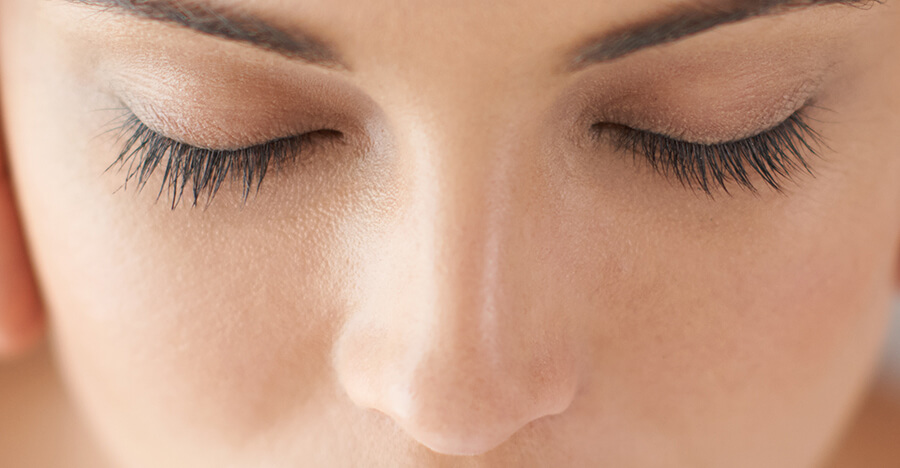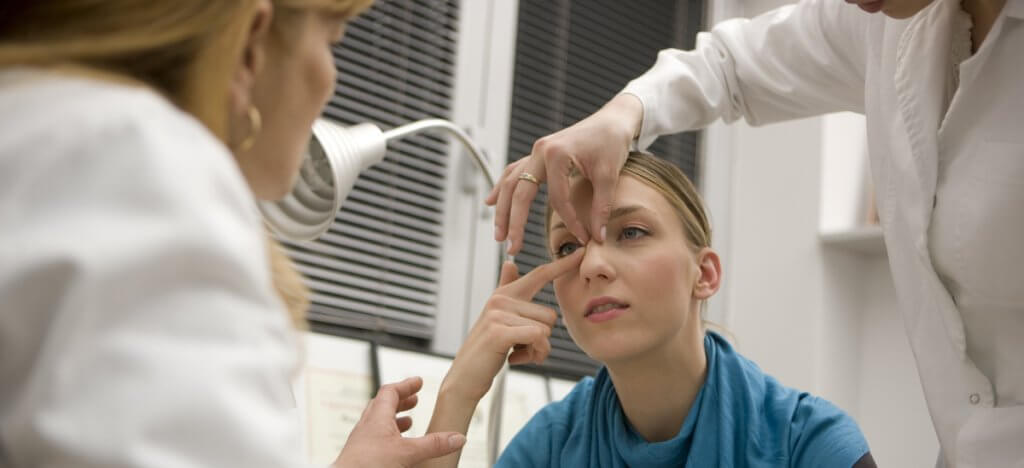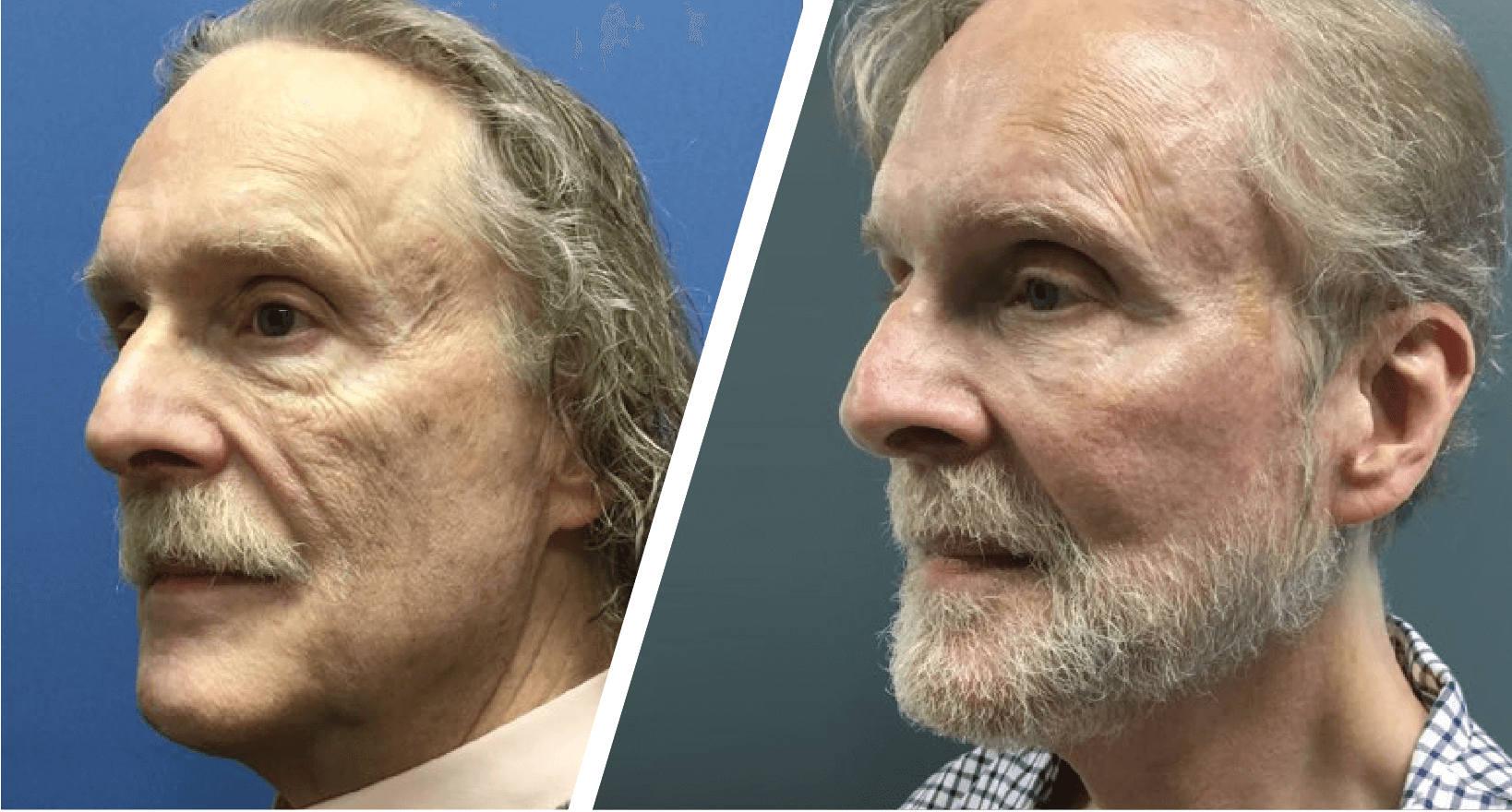 Rhinoplasty, also known as nose reshaping surgery, restores a cosmetic balance to the nose. The reasons patients seek rhinoplasty are varied and may range from correction of breathing, deformities caused from cleft lip and palate, prior trauma, congenitally large or misshaped noses, or failed primary rhinoplasties. Correction of all of these causes of nasal deformities seek to restore or create balance, proportion and function of the nose. Cosmetic rhinoplasty, often called a nose job, most often corrects deformities of the tip of the nose.
Rhinoplasty, also known as nose reshaping surgery, restores a cosmetic balance to the nose. The reasons patients seek rhinoplasty are varied and may range from correction of breathing, deformities caused from cleft lip and palate, prior trauma, congenitally large or misshaped noses, or failed primary rhinoplasties. Correction of all of these causes of nasal deformities seek to restore or create balance, proportion and function of the nose. Cosmetic rhinoplasty, often called a nose job, most often corrects deformities of the tip of the nose.
Often times, rhinoplasty is a surgery that may have a portion of the financial costs covered by insurance. This will be determined by the cause of the deformity and the nature of the correction. Dr. Bortnick performs rhinoplasties regularly and has over eighteen years of experience in this field. During your consultation he will help you determine what is right for you.
What Are the Different Kinds of Rhinoplasty?
Tip rhinoplasty refers to corrections to the tip of the nose, for deformities like boxy tip, bulbous tip, hanging tip, or droopy tip. These procedures, when performed alone, often cost less and are less involved than complete rhinoplasties.
Complete rhinoplasties may correct the tip of the nose as well as dorsal humps or caved-in nasal bridges, known as saddle nose deformities. Breathing problems caused by a crooked or deviated septum may also be corrected at the same time.
Non Surgical Rhinoplasty, is an office based procedure involving injection of tissue fillers into the nose the goal of this procedure is also to reshape the nose. There are many options for fillers that may be used however, there are limitations to what can be done and the permanency of the injectable rhinoplasty.
Am I a Candidate For Rhinoplasty?
Rhinoplasty patients are often some of the most pleased patients in a plastic surgery practice. The resulting improvement in self esteem from this type of surgery is great.
However, to be considered a good candidate for a nose job, patients must have a realistic view of their own image and beauty, and be confidant and secure mentally and emotionally in other areas of their lives. Patients must be medically healthy. Preexisting conditions of chronic sinusitis, allergies and breathing difficulties must be addressed.
For all elective surgeries, we recommend:
- Patients must be aware of the known negative effects of any surgery, including pain, cost, recovery time and scarring, and the known risks of surgery.
- Patients should lead a healthy lifestyle, and be healthy both medically and emotionally. Any surgery is a trauma to the body, so it is important to be in good health before the procedure.
- Patients should be at a point in their lives where inconveniences to job responsibilities and family obligations are minimized.
- It is imperative that cosmetic surgery patients be non-smokers, as nicotine delays the healing process.
Additionally, for rhinoplasty procedures, we recommend:
- Patients should typically be at least 15 (for women) and 17 (for men), to allow for physical maturity of the facial skeleton. Emotional maturity also plays a role in timing.
- Patients should understand that rhinoplasty is the most demanding of the cosmetic surgeries, as small changes in angles and shapes of the bones and cartilages of the nose can produce profound changes in the outward appearance. Patients demanding perfection are not good candidates for nose surgery.

What should I expect during the consultation?
The consultation for rhinoplasty usually takes about 30 to 45 minutes. Be prepared to fully discuss your past medical history, including prior surgeries, any injuries (no matter how minor) to the nose, allergies, and use of nasal decongestant sprays you may use. Spend some time studying the shape of your nose prior to your consultations. Photographs of noses that you like may be helpful during the consultation. Also, if you have had any trauma to the nose, photographs of your nose before the injury would be useful.
Take the time to review the information under Patient Resources, and prepare a list of your questions. During the examination, a gentle and painless evaluation of the internal structures of your nose will be performed. After the examination and discussion, Dr. Bortnick will visually outline the anticipated surgery.
Medical photographs will be taken at the time of initial consultation and these will be used for future planning of the surgery. The photographs may also be used for insurance purposes if a portion of the costs are to be covered by your insurance company.
Financial responsibilities and cost analysis including the costs for, facility fees, anesthesia costs and surgeons costs will be given at the initial consult. You will be scheduled for a second, no-cost consultation to review the photographs and anticipated results.
Remember that although you may start enjoying improvement in the shape of your new nose quickly, a degree of swelling may last for up to a year. Please take time choosing the right surgeon for your rhinoplasty, while any plastic surgeon can perform the surgery, few surgeons do this surgery often.
How is Rhinoplasty performed?
Rhinoplasty is performed in an accredited surgical facility. Board certified anesthesiologists administer the type of anesthesia given. While some patients may be candidates for sedation and local anesthesia, most patients are more comfortable asleep under general anesthesia. Discussions with Dr. Bortnick and the anesthesiologist will help determine what is correct for you.
The surgery itself can be performed either with an open or closed technique. Dr. Bortnick most often prefers an open technique, which involves a small incision at the base of the nose allowing the skin to be lifted gently away from the skeleton of the nose. This direct view of the underlying structures that shape the nose allows for far more precise sculpting of the final results. The argument against this technique of more swelling or more visible scar has largely been shown to be far out weighed by its advantages of precision and accuracy.
Prior to the surgery, intravenous medications including antibiotics and medications to reduce swelling are administered. Modern rhinoplasty surgery usually does not require placement of nasal packing. Sometimes reshaping of the nose requires an osteotomy, to correct a crooked nose or remove a dorsal hump. If this is the case you will have an external splint placed on the nose.

